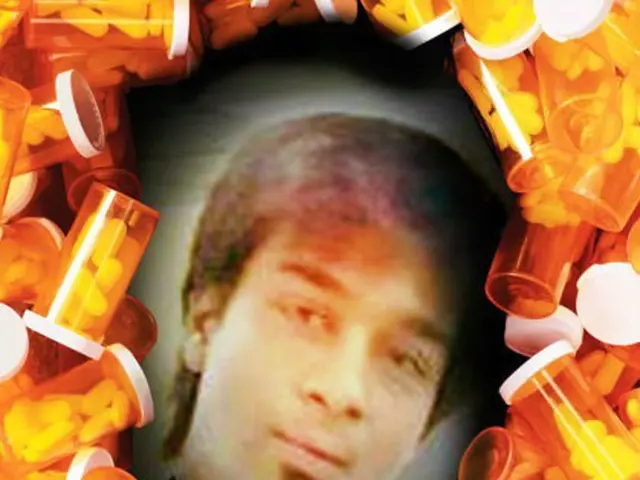Concerns Arise over Mild Brain Trauma: What's the Risk?
Playing ball and getting hit in the head can lead to some scary situations. If you feel nauseous, dizzy, or out of it after a hit, it's essential to seek medical attention- you might have a concussion. But what about those times when you feel fine after a hit, and no symptoms appear? It turns out that those seemingly harmless subconcussive hits could still be causing damage.
Dr. Richard Figler, a concussion expert, discussed the impact of these hits on the brain. Subconcussive hits happen when you take a hit to the head that doesn't immediately cause symptoms, but may still transmit force to the brain over time. While we may not know the full extent of the dangers, it's naive to think that even those milder hits are completely harmless.
Are subconcussive impacts dangerous? There's still some debate, but several studies suggest potential long-term effects on the brain. These impacts have been linked to structural changes, protein accumulation, cavum septum pellucidum (CSP), cognitive and emotional issues, and even potential risks for long-term brain development in children.
When it comes to subconcussive impacts, studies on accelerometers and helmets have been difficult to interpret due to a few challenges. The force that hits the helmet doesn't always get transmitted all the way to the brain, so it's hard to measure precisely. Additionally, athletes may not be truthful about the lack of symptoms, and we don't know how many subconcussive hits are potentially problematic.
So it's crucial to monitor athletes closely, especially young ones, as their brains are still developing. We should limit blows to the head, educate them about concussion symptoms, and encourage athletes to speak up if they experience any symptoms. The best treatment is prevention, and education is key. Make sure everyone- athletes, teammates, coaches, and parents- is aware of the symptoms of a concussion.
When in doubt, it's safer to sit an athlete out and seek medical attention, even if symptoms are minor. And if you have any concerns following a subconcussive impact, be sure to visit your doctor. Protecting younger athletes is essential, and education is the most effective tool in preventing long-term damage.
- Dr. Richard Figler, a concussion expert, explains that even seemingly harmless subconcussive hits could still be causing damage to the brain, potentially leading to long-term effects such as structural changes, protein accumulation, cognitive and emotional issues, and even risks for long-term brain development in children.
- To protect younger athletes from potential long-term damage caused by subconcussive impacts, it's crucial to monitor them closely, limit blows to the head, educate them about concussion symptoms, and encourage athletes to speak up if they experience any symptoms.
- If an individual has concerns following a subconcussive impact or experiences minor symptoms after a hit, it's safer to seek medical attention and visit a doctor, as education and awareness are key to preventing long-term damage.






